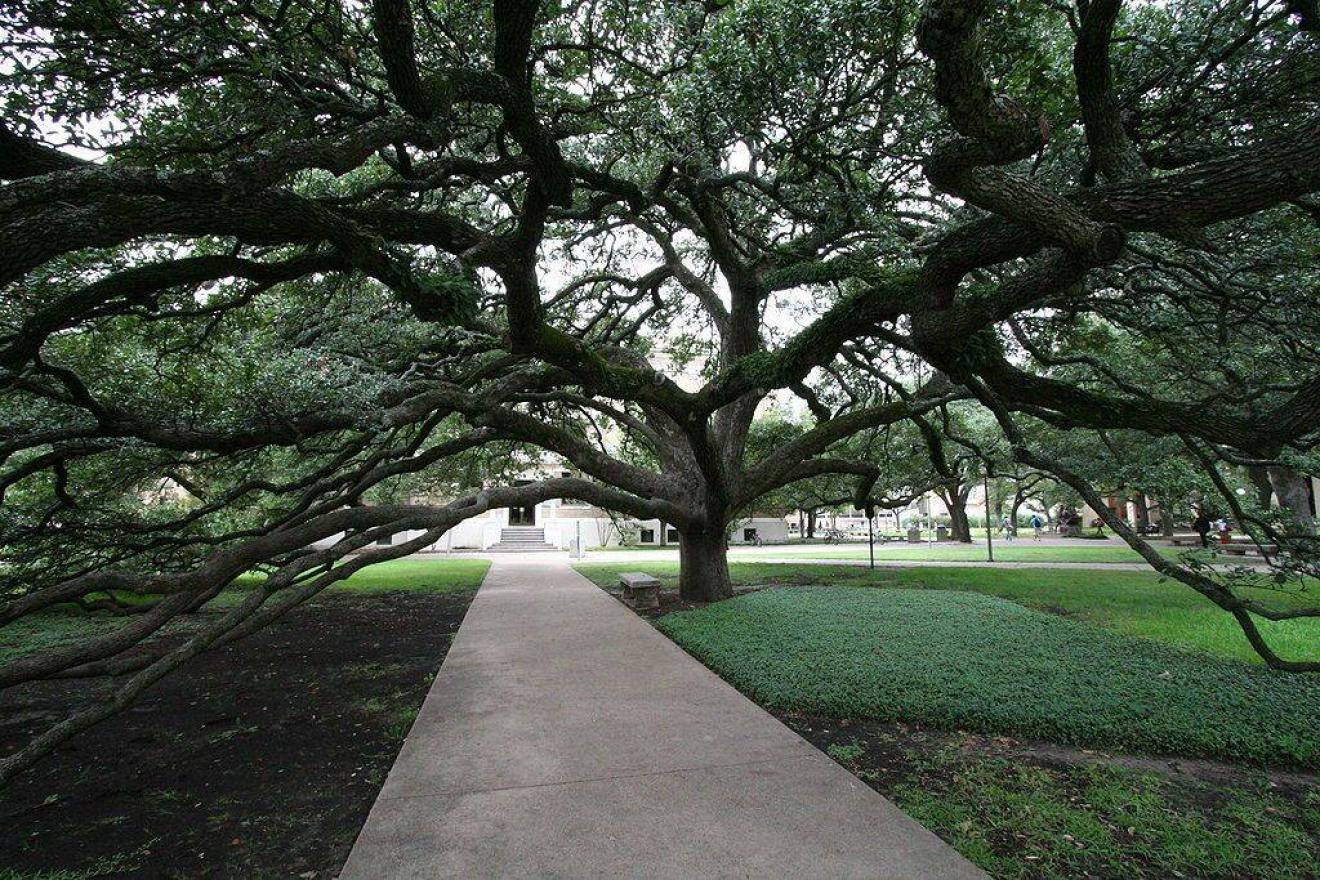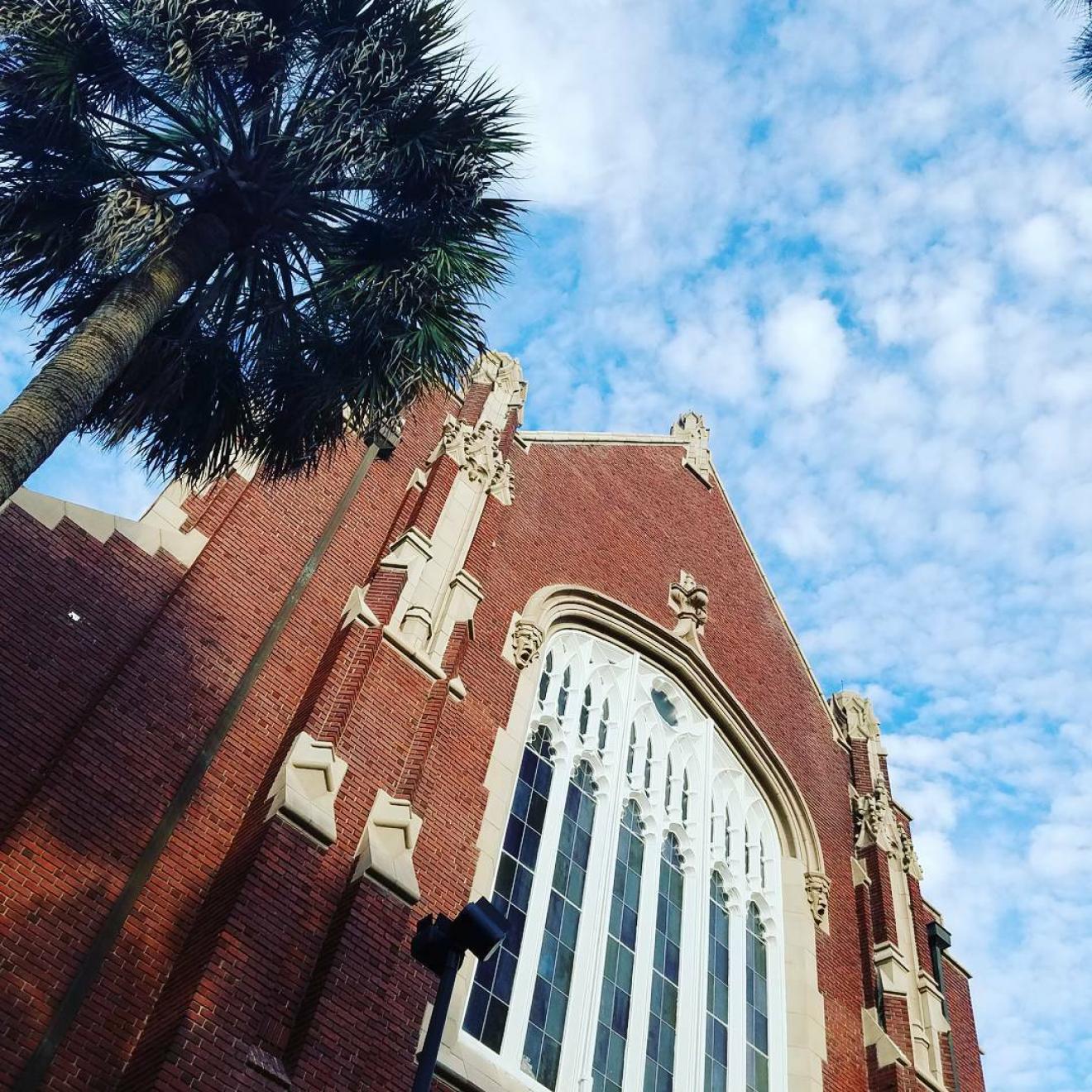Best Agriculture colleges in the U.S.
Why a degree in agriculture?
Growing up on a farm does a few things to you. You eat fresh grown vegetables, drive tractors, watch sunsets over the acreage, and don flannel on the regular. However, only about 10% of Americans are actual farmers*.
How to prepare for an agriculture degree
Believe it or not, there are more than 200 careers other than farming in the agriculture field: food science, purchasing, horticulture, and landscaping to name a few*. With such a large array of options, the job growth is varied. Some careers, such as food science, are increasing around 8%, while others, like farming, are seeing little to no jumps.
The increasing population is giving the agriculture business more mouths to feed. Some people hold doors open or volunteer their time. But you want to feed the people, and you are ready to work hard to do it. And if it all works out, a career in agriculture gives you permission to listen to all the country music you want with nobody to judge.
*Agriculture Council of America, Agriculture Careers*Bureau of Labor Statistics, Occupational Outlook Handbook
Best Agriculture colleges in the U.S. for 2025

Texas A & M University-College Station offers 90 Agriculture degree programs. It's a very large, public, four-year university in a midsize city. In 2023, 1,454 Agriculture students graduated with students earning 1,148 Bachelor's degrees, 137 Master's degrees, 107 Certificates, and 62 Doctoral degrees.
Those who come to Iowa State University to major in agricultural disciplines should think of themselves not only as students but also as active participants in the future of farming and related areas. The institution’s commitment to training tomorrow’s leaders is exemplified in a senior-level capstone course fondly known as Ag450 Farm. Students get to manage the operations of the university’s 1,400-acre farm complete with corn, soybeans and pigs—oh my! Talk about putting the problem solving, decision-making, and communication skills learned in class to use. As a land-grant institution, the university focuses much of its agricultural research efforts on advances that will help the people of Iowa. However, Iowa State is also quite active on the global level and encourages studying abroad. More than 400 students from the College of Agriculture and Life Sciences (CALS) traveled last year, doing everything from studying soil and crops in Costa Rica to examining agricultural world markets in Spain. The combination of thorough classroom training and hands-on experience prepares Iowa State agricultural students for post-graduation success. Nearly 98 percent of CALS graduates reported they were working, continuing their education, or serving in the military within six months of receiving their diplomas. The annual Agriculture and Life Sciences Fall Career Day brings more than 250 employers directly to campus, making the event one of the largest of its kind in the nation.



University of Florida offers 61 Agriculture degree programs. It's a very large, public, four-year university in a midsize city. In 2023, 846 Agriculture students graduated with students earning 385 Bachelor's degrees, 255 Master's degrees, 109 Certificates, and 97 Doctoral degrees.
Oregon State University offers 57 Agriculture degree programs. It's a very large, public, four-year university in a small city. In 2023, 1,255 Agriculture students graduated with students earning 866 Bachelor's degrees, 232 Master's degrees, 120 Certificates, and 37 Doctoral degrees.
North Carolina State University at Raleigh offers 75 Agriculture degree programs. It's a very large, public, four-year university in a large city. In 2023, 937 Agriculture students graduated with students earning 622 Bachelor's degrees, 123 Master's degrees, 89 Associate's degrees, 54 Certificates, and 49 Doctoral degrees.
Kansas State University may be known as “The Little Apple” because it is located in Manhattan, Kan., but for the roughly 2,680 undergrads and 350 graduate students enrolled in the College of Agriculture, the classic college town is a great place to learn about farm-related issues. Twelve percent of Kansas State’s graduating class in 2013 earned a degree in an agricultural discipline, making it the school’s second most popular area of study. Undergraduate majors include agribusiness, agricultural communications and journalism, agricultural economics, agricultural education, agricultural technology management, agronomy, animal sciences and industry, bakery science and management, feed science and management, food science and industry, general agriculture, horticulture, milling science and management, park management and conservation, pre-veterinary medicine, and wildlife and outdoor enterprise management. In 2008, Kansas State opened the Biosecurity Research Institute, a frontline offensive against pathogens in livestock, insects and plants that threaten food supplies and health. University, industry, and governmental scientists conduct research in the 113,000 square foot state-of-the-art facility.This gives students countless opportunities for hands-on experience. “K-State Ag” students, as they are called, also benefit from more than 30 agriculture-related student organizations and 20 competitive teams. From Collegiate Cattlewomen to the Poultry Judging Team, there’s an extracurricular activity to suit every interest.
Cornell University offers 34 Agriculture degree programs. It's a very large, private not-for-profit, four-year university in a small city. In 2023, 666 Agriculture students graduated with students earning 483 Bachelor's degrees, 119 Master's degrees, and 64 Doctoral degrees.
University of Georgia offers 61 Agriculture degree programs. It's a very large, public, four-year university in a midsize city. In 2023, 635 Agriculture students graduated with students earning 365 Bachelor's degrees, 155 Master's degrees, 88 Doctoral degrees, and 27 Certificates.
Michigan State University offers 49 Agriculture degree programs. It's a very large, public, four-year university in a small city. In 2023, 689 Agriculture students graduated with students earning 407 Bachelor's degrees, 119 Certificates, 112 Master's degrees, and 51 Doctoral degrees.

Purdue University-Main Campus offers 42 Agriculture degree programs. It's a very large, public, four-year university in a small city. In 2023, 835 Agriculture students graduated with students earning 598 Bachelor's degrees, 169 Master's degrees, 56 Doctoral degrees, and 12 Certificates.
Find local colleges with Agriculture majors in the U.S.
Top schools offering Agriculture degrees in the U.S.
List of all Agriculture colleges in the U.S.
| School | Average Tuition | Student Teacher Ratio | Enrolled Students | |
|---|---|---|---|---|

|
Texas A & M University-College Station College Station, TX | 27 : 1 | 76,633 | |

|
Iowa State University Ames, IA | 21 : 1 | 30,177 | |

|
University of Florida Gainesville, FL | 20 : 1 | 54,814 | |

|
Oregon State University Corvallis, OR | 27 : 1 | 35,622 | |

|
North Carolina State University at Raleigh Raleigh, NC | 20 : 1 | 37,323 | |










